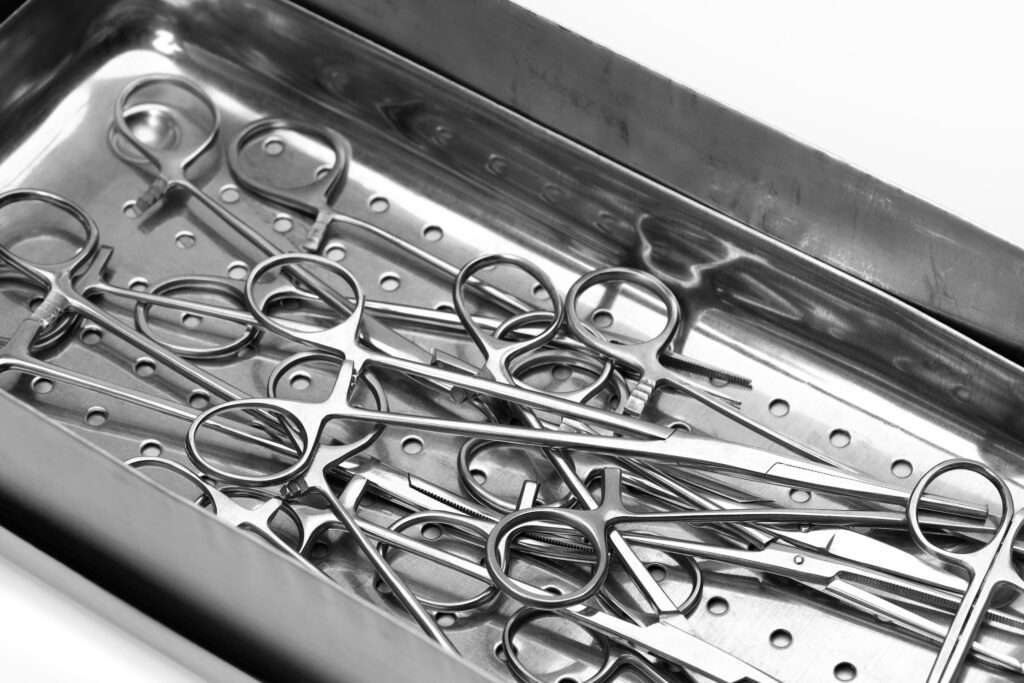VetOvation Tech Talk
Importance of Low Temperature Sterilization In Veterinarian Hospitals
Plasma Sterilization, otherwise known as Gas Sterilization veterinary, is a platform that provides instrument sterilization for veterinary surgical equipment. Our experts at VetOvation can’t stress the importance of proper low-temperature sterilization in a veterinary hospital enough. In addition, sterilizing equipment such as batteries, drills, vessel sealing handles, scopes, and camera heads all need proper sterilization.
What is low-temperature sterilization?
Low-temperature sterilization allows the consumer to sterilize heat-sensitive veterinary surgical equipment without damaging the device. Plasma sterilizers and ethylene oxide sterilizers utilize the low-temperature sterilization process, creating a more effective and long-term impact on surgical equipment. Therefore, when generating a low-temperature sterilization process in veterinary hospitals, plasma sterilizers, compared to ethylene oxide sterilizers, are a better alternative for low-temperature sterilization.
Purpose of Low-Temperature Sterilization
Low-temperature sterilization aims to ensure heat-sensitive surgical equipment isn’t sterilized using the classic steam sterilization process.Offering low-temperature sterilization processes, such as ethylene oxide and gas sterilization veterinary devices allow low-temperature sterilization. All veterinary surgical equipment must be thoroughly cleaned regardless of the process. Materials, including fiber optics or flexible scopes, to name a couple, should only be thoroughly cleaned through a low-temperature sterilization process.
Benefits of Plasma Sterilizers for Low-Temperature Sterilization
Plasma Sterilization and Gas Sterilization veterinary techniques are highly beneficial to incorporate into sterilizing. The ethylene oxide sterilization process also contains low-temperature sterilization but has not only a more extended sterilization period but a long cycle cost and needs external toxicity venting. Plasma sterilizers utilize hydrogen peroxide, a nontoxic chemical that doesn’t require external venting like ethylene oxide, making plasma sterilizers a more sufficient option. Plasma sterilizers have:
- $5.00 cycle cost
- No toxic external venting needed
- Low-temperature sterilization
- 7, 14, or 36 MINUTES of cycle time
VetOvation | Gas Sterilization Veterinary
Our experts at VetOvation understand the importance of low-temperature sterilization in Veterinarian hospitals and want to spread that information around. Utilizing low-temperature sterilization ensures a positive and long-term impact on expensive and necessary heat-sensitive veterinary surgical equipment. To learn more about VetOvation’s inventory of Gas Sterilization veterinary devices, visit our website or contact us today.
